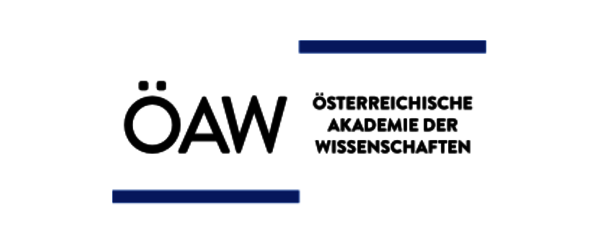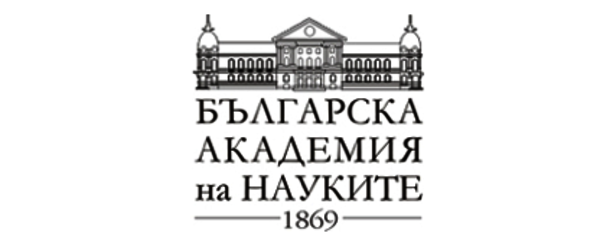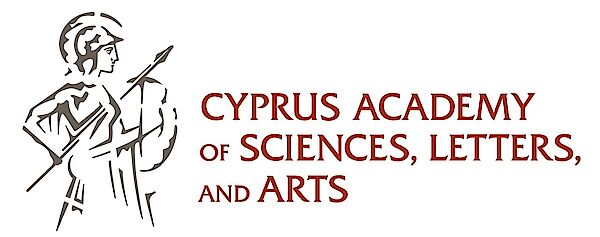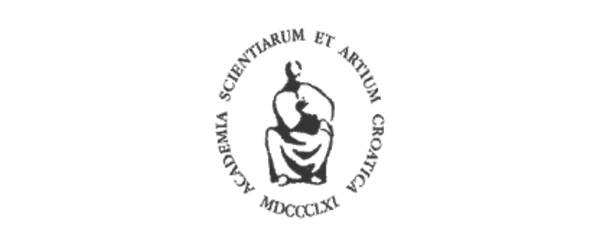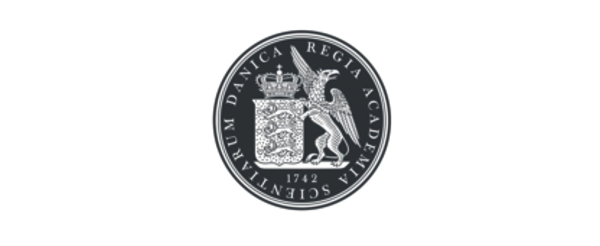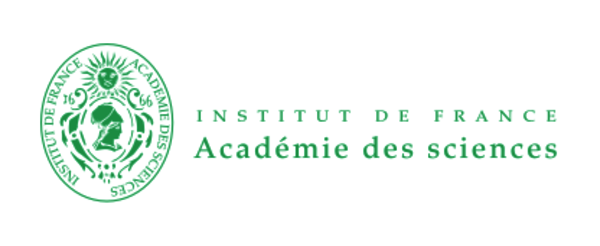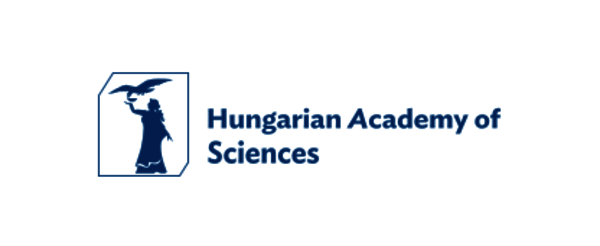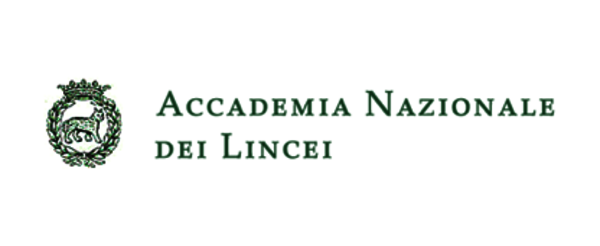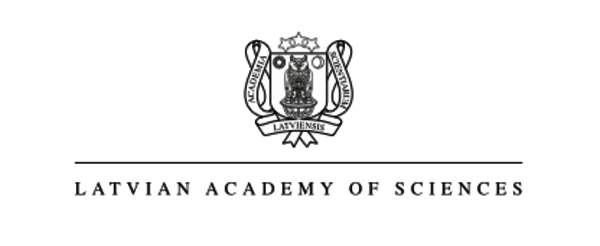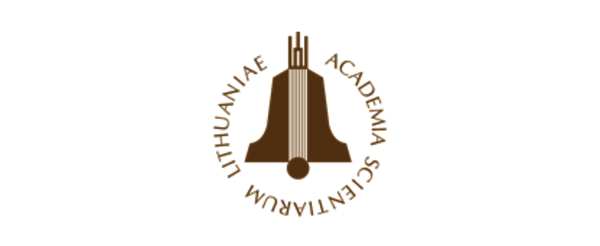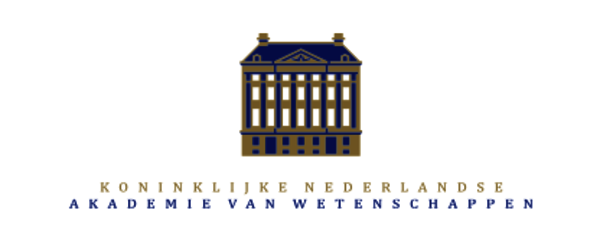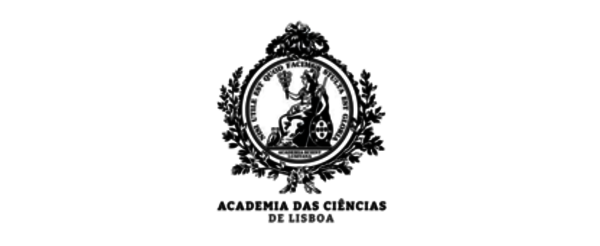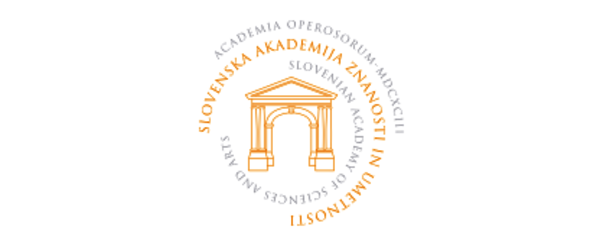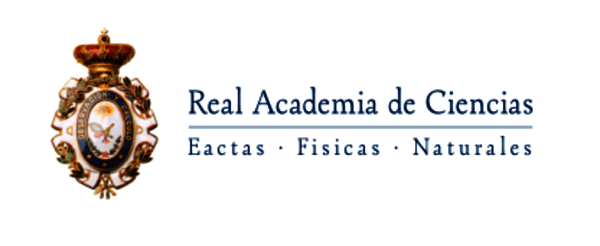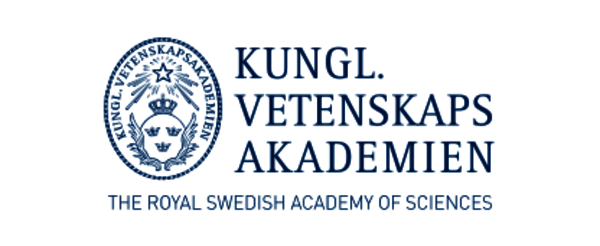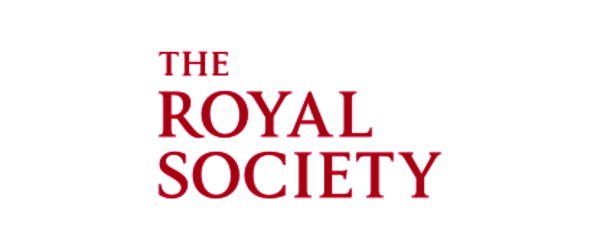Publications
New circular economy reports: Indicators and "critical materials" could make or break EU strategy
The EU will need to choose the right approach to indicators of progress and "critical materials" to achieve its circular economy objectives of reducing environmental impact and increasing European competitiveness. These two reports, "Indicators for a Circular Economy" and "Priorities for Critical Materials in the Circular Economy", take a rigorous approach to the factors that must be considered if Europe is to achieve the circular economy.
Circular economy indicators: You can’t manage what you don’t measure…
Measuring progress towards the circular economy is crucial, and EASAC's report reviews the indicators recently proposed in different fields and assesses their relevance for the circular economy. Indicators should not just be chosen because of their convenience or simplicity. They should be directly relevant to the central objectives—both the environment and European competitiveness—and also reflect what matters to the public and other stakeholders. In this just-released report, EASAC offers advice to the Commission which is in the process of deriving a set of indicators for the circular economy, as promised in its 2015 "Closing the loop" policy statement.
From its assessment, EASAC finds that:
- Indicators on materials should receive equal importance as those on energy.
- Water should be included in the indicator sets for the circular economy.
- Resource efficiency needs to be measured in a new way that provides information on environmental pressures in absolute terms.
- The EU and industry should consider indicators on critical raw materials.
- Indicators should keep the public aware of both the economic impacts of circular economy activities and raise public awareness on the global effects of EU production and consumption
- The EU should consider a composite recycling and re-use indicator to assess EU member states’ progress towards targets.
- Composite indicators in general may be useful for communicating trends in a circular economy.
Critical raw materials: Critical to the circular economy
In its report on critical materials’ role in the circular economy, EASAC notes that the European Commission considers substitution and recycling rates as factors in its criticality assessments. But EASAC cautions against relying too much on substitution as a solution to anticipated supply constraints. Insufficient attention is given to the basic geological distribution of critical elements.
This report offers some potential approaches to analysing scarcity and identifying which elements are likely to be at risk of future scarcity. It also looks at the problem from two angles: that of how to increase the supply of critical materials and how to improve recycling rates for these materials.
From its analysis, EASAC finds that:
- EU policy should move towards a product-centric approach to collection and recycling. Effective recycling requires sophisticated knowledge of the components present in the end-of-life products stream, and this cannot be achieved with mixed recycling in broad categories.
- However, a more product-centric approach needs to deal with the current low levels of recovery. It will be critical to ensure that low-quality recycling or avoiding the recycling through administration or legal loopholes does not continue to offer the cheapest option.
- The EU should evaluate the adequacy of the EU's 'Critical Metallurgical Infrastructure' for the critical metals decided and consider measures to strengthen it. Legislative support may be justified because recycling of some critical metals has macroeconomic benefits even though they may not currently be economically viable.
- Product design should consider the complexity of recycling and avoid incompatible metal mixtures, or joints between product parts that hinder recycling. The Commission should seek to engage consumer groups as well as manufacturers in a dialogue so that "design for resource efficiency" becomes standard practice.
- Developing effective recycling technology can require considerable investment. Particularly with critical materials, the circular economy policy needs to provide market signals that incentivise all companies to work towards a circular economy.
- The Horizon 2020 programme should also support research and development on critical materials recovery and recycling.
Notes for editors – Indicators
EASAC set up this project on the circular economy in winter 2015, when member academies nominated 15 experts from the natural and social sciences. This produced an initial analysis of the concept of the circular economy from the perspectives of the natural and social sciences in November 2015. At that time, EASAC observed that new indicators are required for the circular economy and this was confirmed by the European Commission decision in its December 2015 policy statement to establish a set of reliable indicators.
From the original working group of 15 experts, a project group of 7 worked with the Programme Director to develop this report, which has been peer-reviewed and endorsed by EASAC member academies. The 40-page report includes looks at the many indicators which have been proposed in different fields. The indicator sets considered include those from UNEP, UNDP, Global Reporting Initiative, World Bank, Yale and Columbia Universities, Eurostat, Ellen MacArthur Foundation, EU Resource Efficiency Scoreboard and European Innovation Partnership. The report summarises these and examines potential criteria for that selection of circular economy indicators. It also reviews the reasons why current linear economy indicators are inadequate (especially GDP) and case studies from both China and Japan, which have already adopted circular economy indicators.
Notes for editors – Critical materials
EASAC set up this project on the circular economy in winter 2015, when member academies nominated a total of 15 experts from the natural and social sciences. This produced an initial analysis of the concept of the circular economy from the perspectives of the natural and social sciences which was published in November 2015 (http://www.easac.eu/home/reports-and-statements/detail-view/article/commentary-o.html ). At that time EASAC observed that an important issue for the circular economy was the supply and use of critical materials, and this was confirmed by the European Commission decision in its December 2015 policy statement which undertook to update its critical material policy during 2017.
From the original working group of 15 experts, a project group of 6 worked with the Programme Director to develop this report, which has been peer-reviewed and endorsed by EASAC member academies. The 30-page report includes review and analysis of the criteria for critical raw materials currently under review by the Commission, and the environmental impacts of extraction and processing, potential for substitution and improving recycling rates, and also the dangers of impending scarcity for some elements. Particular attention is given to the system failures in the recycling of end-of-life products with particular attention on the metals which are critical for the high-technology applications in renewable energy, information and communication technologies.
EASAC is formed by the national science academies of the EU Member States, Norway and Switzerland, to collaborate in giving advice to European policy-makers. EASAC provides a means for the collective voice of European science to be heard. Through EASAC, the academies work together to provide independent, expert, evidence-based advice about the scientific aspects of European policies to those who make or influence policy within the European institutions.
Press contact
Dr Mike Norton
EASAC Environment Programme Director
Ph: +44-1763-853130
michael.norton@easac.eu

